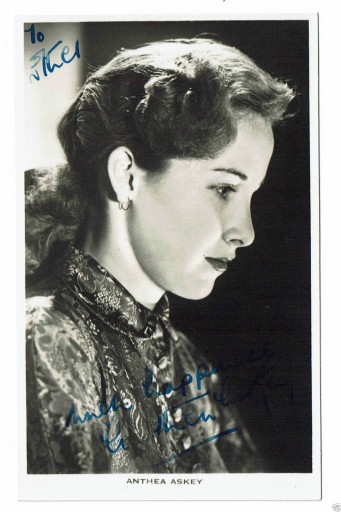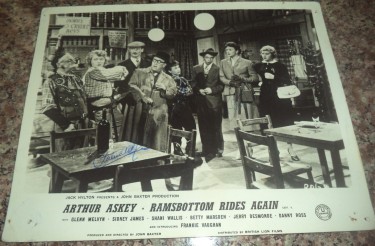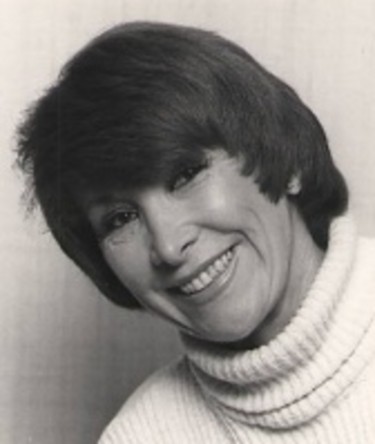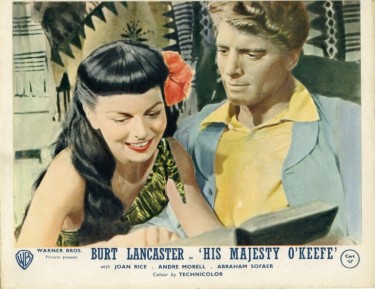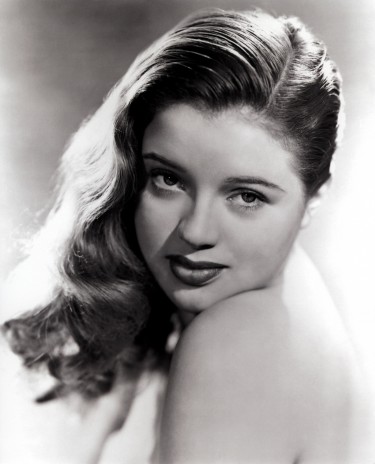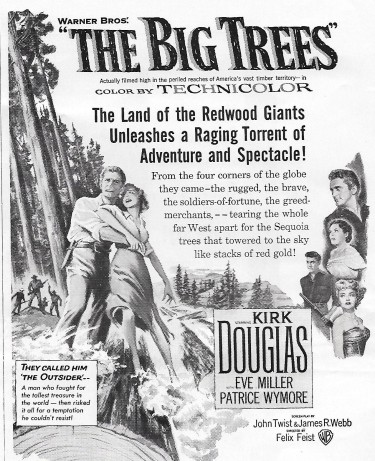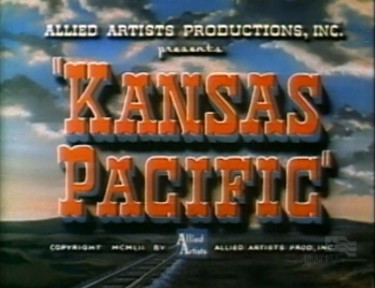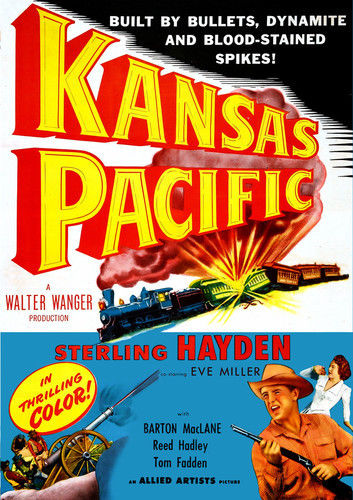William Beaudine was a prolific director of films throughout the Twenties, Thirties, Forties, and Fifties and in his early years was highly regarded for his ability and skill in films to such an extent that he was highly paid. He came to England in the mid Thirties and directed a couple of Will Hay films and one for George Formby. He directed Kidnapped in 1947 by then back in Hollywood and continued to involve himself with Television as well as films.
One-Shot Beaudine
William Beaudine started making films in 1909, bringing nearly fifty years of expertise so that he delivered nearly every film he directed on-time and on-budget. From May 1955 through September 1956, directed five serials, many Circus Day episodes, and a full-length feature film for Disney.
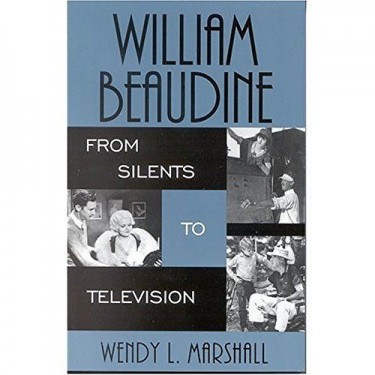
Background
Born William Washington Beaudine in the Bronx on January 15, 1892, his father was also William Beaudine, a driver for a milk company; his mother was Ella Moran. Bill Beaudine was the oldest of three sons. His father and his youngest brother Ted died of pneumonia in 1905, so by age thirteen he was sole support for his mother and little brother Harold. This early assumption of responsibility gave him a practical outlook on life and directing, a determination to keep working no matter what.
Beaudine entered show business in 1909, as a clerk at the Biograph Company in New York City. He doubled as an extra on D. W. Griffith shorts, worked as both cameraman and assistant director for Mack Sennett, while continuing to play bit parts. In October 1914 Bill was offered a job at Kalem Film Company in California. He immediately married his fiance Marguerite Fleischer, and after one year as an assistant director, he was promoted to director with Minnie the Tiger (1915). In 1916 he switched to Universal Film Manufacturing Company, directing shorts for them, on many of which he worked with writer Jack Cunningham. (Many years later, Bill Beaudine would hire Jack Cunningham Jr as an assistant director for Disney serials).
From 1918 to 1921 Beaudine went from one studio to another, as companies went under or decided they could do without him. His brother Harold also came out from New York as a director of silent shorts. He was eventually picked up by Warner Brothers, who often loaned him out. With Watch Your Step (1922) for Goldwyn, Bill Beaudine made the jump to feature length films (five reels), and by 1930 had gone freelance, and was living in a Beverly Hills mansion with his wife, four children, and servants.
One of his best films was Penrod and Sam (1931), but after that, he fell afoul of Sam Briskin at Columbia, and was out of work for six months, the longest period in his life. By the time he picked up work again at Paramount, all five of the banks in which he kept his savings had failed. Paramount itself went bankrupt, and Beaudine scrambled to find work wherever he could, sometimes directing shorts for MGM using the screen name “William X. Crowley”. He made his most successful film with W. C. Fields, The Old-Fashioned Way (1934), but despite its popularity he received only one job offer, from a British film company.
Beaudine was one of a number of experienced directors (including Raoul Walsh and Allan Dwan) who were brought to England from Hollywood in the 1930s to work on what were in all other respects very British productions. Beaudine directed four films there starring Will Hay, including Boys Will Be Boys (1935) and Where There’s a Will (1936), and the George Formby comedy Feather Your Nest (1937).

Beaudine returned to America in 1937 and had trouble re-establishing himself at the major studios. Once widely known as an A-list director of important productions, Beaudine had commanded a premium salary in the late 1920s that Hollywood producers of the late 1930s didn’t want to match. He worked briefly at Warner Brothers, with whom he had been associated in Britain, and then waited for offers on his terms. They never came. Beaudine had lost much of his personal fortune through no fault of his own (a bank he bought an interest in had failed, and much of his income was claimed by the British government in taxes).
In 1940 publicist-turned-producer Jed Buell approached Beaudine to direct an all-black-cast feature for Buell’s Dixie National Pictures. The salary was a flat $500 for one week’s work. Beaudine knew that if he accepted this job, he would henceforth be associated with low-budget films and would never command his old salary again, but with his finances at a low ebb Beaudine accepted the assignment.
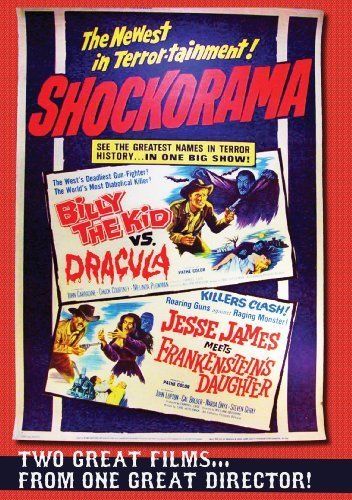
Returning to the states in 1938, he found that he was forgotten in Hollywood. He had difficulty getting and keeping jobs with major studios, so he went to work for “poverty row” independents. The films he made in the late thirties and forties were almost all “B” grade, and he soon acquired the reputation of a competent workman-like director, who was always well-prepared, and obsessed with maintaining the shooting schedule. He in turn grew a little cynical about the mediocre screenplays and barebone budgets he had to work with. When on one rare occasion he was admonished for falling behind schedule in making a shoestring potboiler, he replied “You mean someone out there is actually waiting to see this?” He was reportedly known for his refusal to do retakes, no matter what mistakes cropped up in the first shot, though the nickname “One-Shot” was not applied to him during his lifetime.
Contribution
Beaudine had known Walt Disney since the mid-twenties. In early May 1955 he approached Walt with an idea for a film about a teenage girl and her dog in the West. Walt liked the concept, and assigned his long-time friend Lillie Hayward to adapt it as a serial for the Mickey Mouse Club. Bill was hired for what he thought would be a twelve-week stint, directing Corky and White Shadow. There was no contract with the studio, just a handshake with Walt Disney. The twelve weeks would turn into sixteen months.
Before Corky and White Shadow could be scheduled for filming the Disney Studio had another directing assignment for Beaudine. He spent several weeks in June and early July directing Circus Boy shows, after which he was unexpectedly handed the reins for another serial to be filmed at Golden Oak Ranch. The Adventures of Spin and Marty had been originally assigned to Pete Lyons, who did all the directorial prep work on it. Beaudine was able to start filming on July 13, 1955, and finished it on September 3rd, with a week lost to an actor’s strike.
This serial proved to be the single most popular feature of the Mickey Mouse Club, generating enormous amounts of fan mail. Beaudine used a spare, natural style that worked perfectly. The first Spin and Marty serial has a rustic simplicity that markedly differs from the sequels. Beaudine wisely let the interaction of the boys carry the load, keeping the adults in the background whenever possible.
Beaudine returned to filming Circus Boy episodes during September, after which he could finally start production on Corky and White Shadow in October 1955. Location filming was done at Big Bear Lake and Corriganville, with interior scenes shot at the Burbank studio. For this, his own project, Beaudine employed a slightly campy directorial stance, somewhat akin to the exaggerations of the silent era from which he had got his start.
He was then given a feature film assignment for Disney. Westward Ho, the Wagons! starred Fess Parker as a wagon-train leader in the mid-19th Century. The movie was shot on location during the early spring of 1956. The film’s second unit director, Yakima Canutt, handled the large-scale action sequences, while Beaudine took care of the interrelationships between characters in the wagon train and the Indians. Filming completed in mid-spring of 1956, but the picture, though profitable, was not a great success when released later that year.
At the start of the second season of the Mickey Mouse Club, Beaudine directed a short semi-documentary serial called Sierra Pack Trip. In late spring he was handed a hurriedly written serial called Adventure in Dairyland, to be filmed on location in Madison, Wisconsin. This was a replacement for the second What I Want To Be serial, which had been cancelled. This serial, filmed in June 1956, starred Annette Funicello and Sammy Ogg, and marked the Disney debut of Kevin Corcoran. All three actors would also appear in Beaudine’s next assignment, Further Adventures of Spin and Marty, which started filming July 30, 1956. On September 4th, with several episodes still left to film, Beaudine fell ill with peritonitis, and was replaced by dialogue coach Fred Hartsook. The serial was shortened by several pages of script due to his illness. It would be two years before William Beaudine Sr returned to Disney.
Aftermath
Beaudine directed several episodes of Walt Disney Presents following the end of the Mickey Mouse Club. For the completion of a two-part serial called Moochie of the Little League (1959), he was presented with a golden megaphone trophy by actor Kevin Corcoran, in celebration of his fifty years of film-making. He then moved over to CBS where he directed many episodes of Lassie during the sixties.
In the mid-sixties Beaudine made a couple of campy teen-horror-westerns, with titles like Billy the Kid vs Dracula, and directed episodes of the television show The Green Hornet. He also directed the televised 40th Anniversary Celebration for Mickey Mouse in 1968, in which twelve of the original Mouseketeers also took part. By this time Beaudine was the longest-working director in cinema history, and was recognised with a AFI tribute in 1969. He died March 18, 1970, in Canoga Park, California, of uremic poisoning.
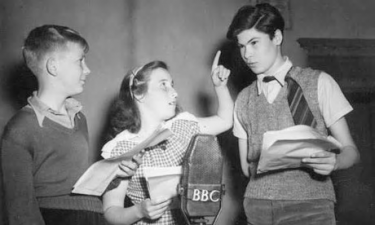 By 1949 Anthea Askey was a hardened “pro” and joined her father on stage in his play The Kid from Stratford. Then the Askeys upped and went to Australia, where they starred in The Love Racket. They intended to stay for three months but were such a hit they ended up spending a full year. When she finally returned home Anthea was cast in her first pantomime at Bolton.In 1954 Arthur threw her a star-studded 21st birthday party at the Dorchester Hotel. The 150 guests included his old Band Waggon partner Dickie Murdoch, Norman Wisdom, Bobby Howes and his film-star daughter Sally Ann, and the entire Crazy Gang not forgetting “Monsewer” Eddie Gray. Askey, knowing his daughter’s heart, invited as a surprise guest her secret love, the cinema heart-throb Herbert Lom.The same year Anthea made her cinema debut, backing up father in his starring vehicle The Love Match. This John Baxter production based on Glenn Melvyn’s successful play also featured Thora Hird as her mother, James Kenney, the handsome son of the popular “miserable” comedian Horace Kenney, and a guest star appearance by veteran comedian Robb Wilton in his radio role of Mr Muddlecombe JP.The following year she played her father’s daughter once again in Ramsbottom Rides Again, a comic western about the timid grandson of a tough guy sheriff.
By 1949 Anthea Askey was a hardened “pro” and joined her father on stage in his play The Kid from Stratford. Then the Askeys upped and went to Australia, where they starred in The Love Racket. They intended to stay for three months but were such a hit they ended up spending a full year. When she finally returned home Anthea was cast in her first pantomime at Bolton.In 1954 Arthur threw her a star-studded 21st birthday party at the Dorchester Hotel. The 150 guests included his old Band Waggon partner Dickie Murdoch, Norman Wisdom, Bobby Howes and his film-star daughter Sally Ann, and the entire Crazy Gang not forgetting “Monsewer” Eddie Gray. Askey, knowing his daughter’s heart, invited as a surprise guest her secret love, the cinema heart-throb Herbert Lom.The same year Anthea made her cinema debut, backing up father in his starring vehicle The Love Match. This John Baxter production based on Glenn Melvyn’s successful play also featured Thora Hird as her mother, James Kenney, the handsome son of the popular “miserable” comedian Horace Kenney, and a guest star appearance by veteran comedian Robb Wilton in his radio role of Mr Muddlecombe JP.The following year she played her father’s daughter once again in Ramsbottom Rides Again, a comic western about the timid grandson of a tough guy sheriff.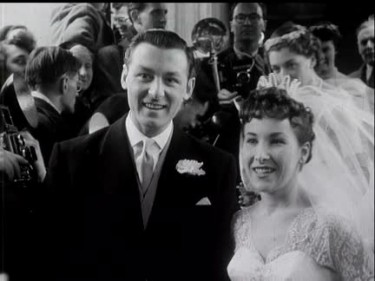 She returned to work in the 1980s and, although she had largely fallen from the public eye over the last decades, she continued to work in pantomime and on radio shows. In 1982 she had good reviews for her role of the Good Witch of the North in the play The Wizard Of Oz, and in 1984 she was, as the Financial Times observed a ‘splendidly articulate cat’ in the Richmond Theatre’s Dick Whittington.
She returned to work in the 1980s and, although she had largely fallen from the public eye over the last decades, she continued to work in pantomime and on radio shows. In 1982 she had good reviews for her role of the Good Witch of the North in the play The Wizard Of Oz, and in 1984 she was, as the Financial Times observed a ‘splendidly articulate cat’ in the Richmond Theatre’s Dick Whittington.
